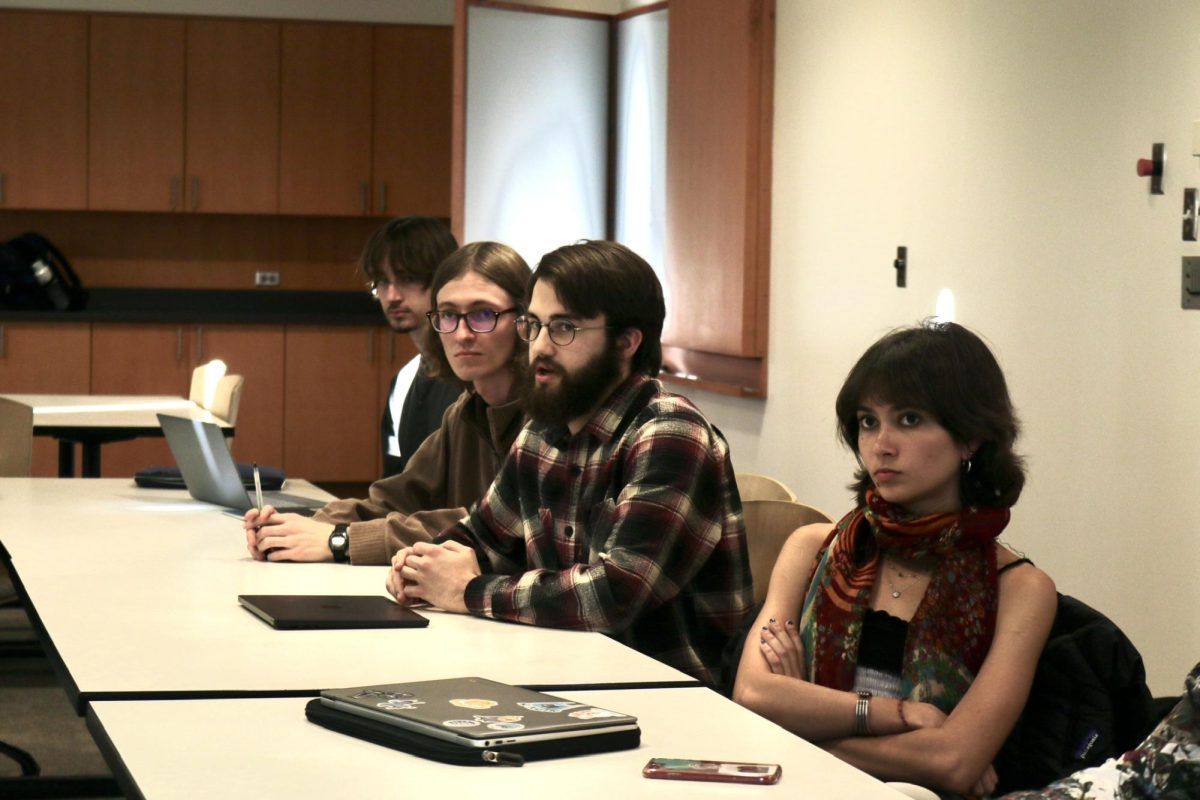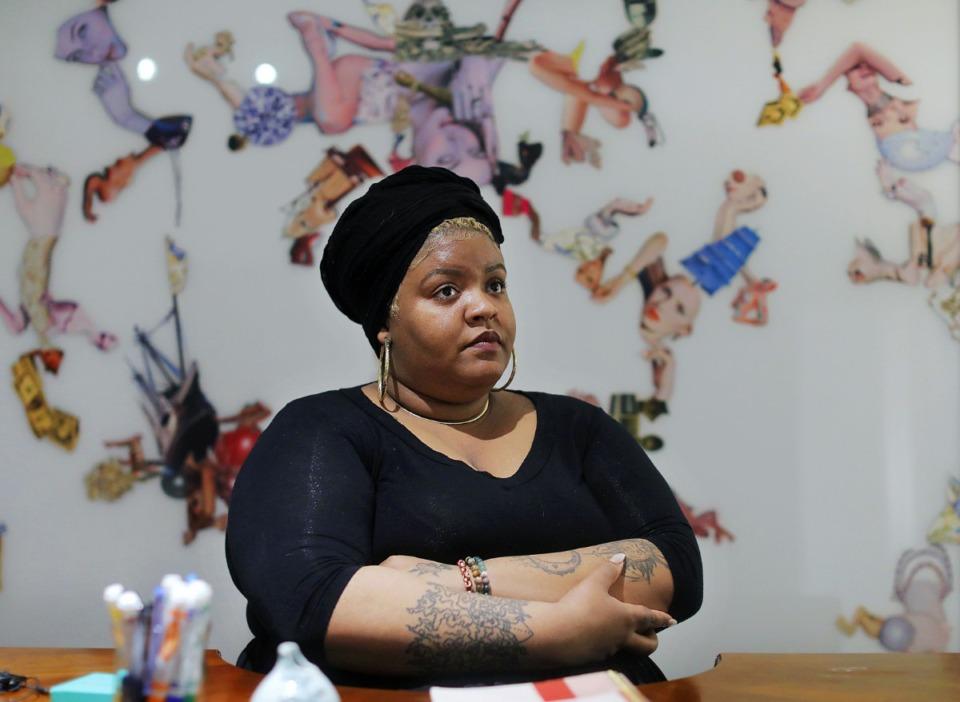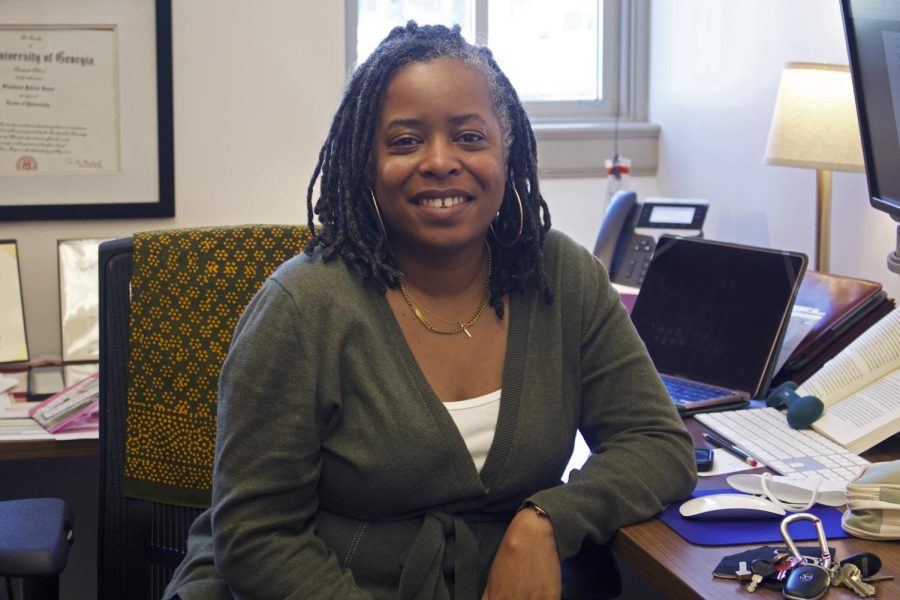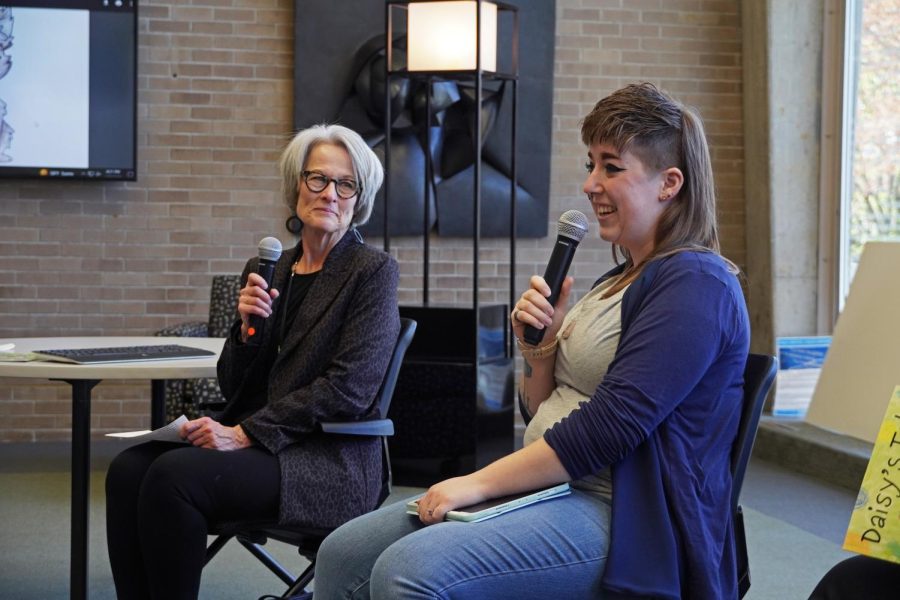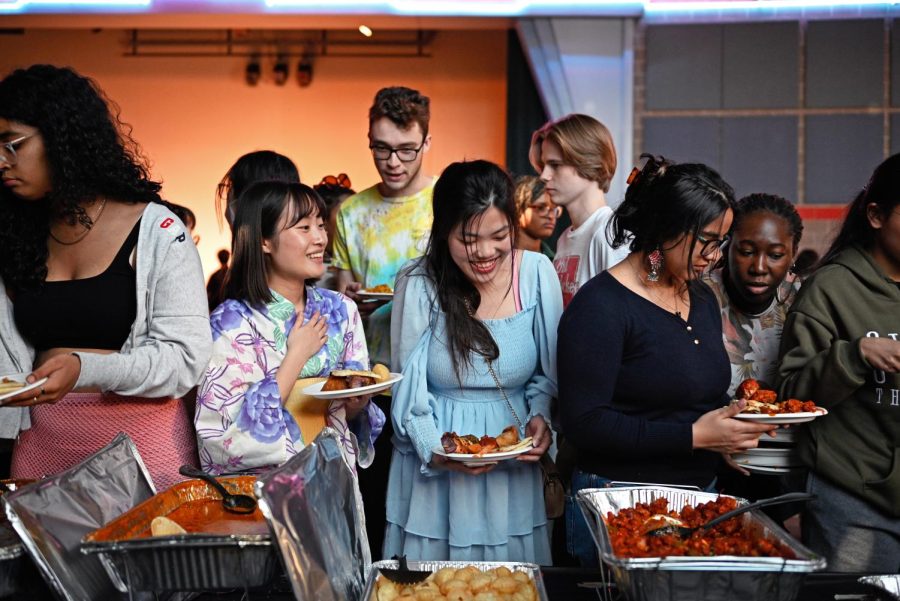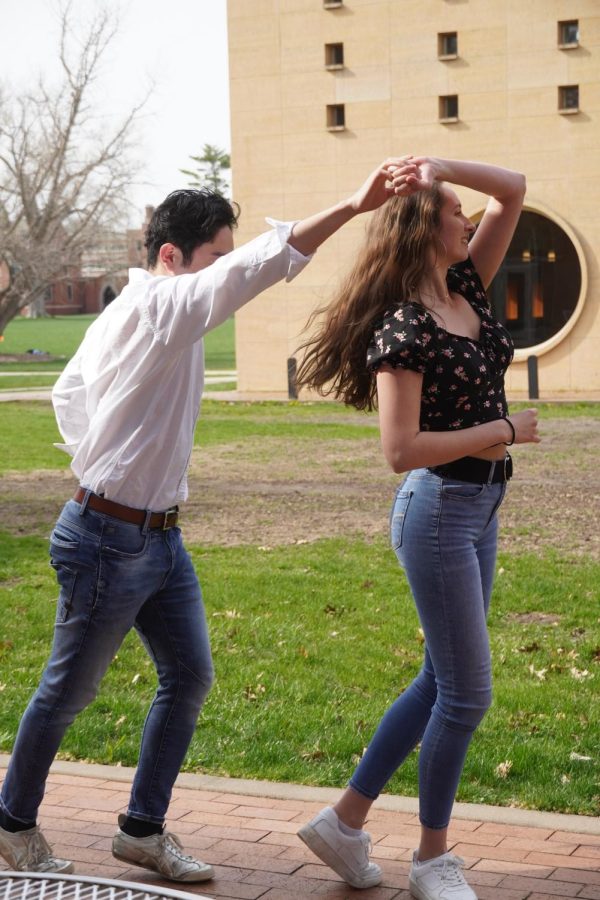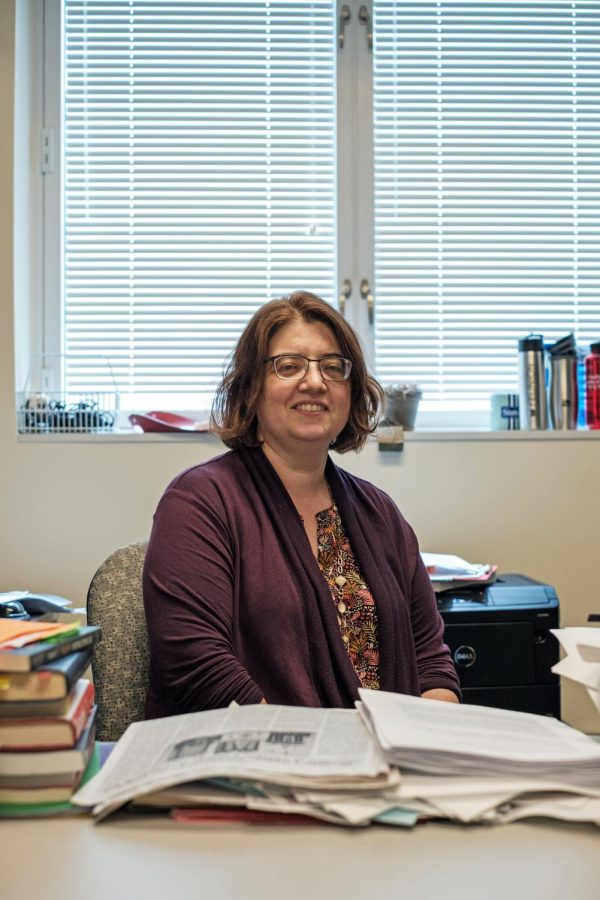Victoria Jones’ love for Memphis, Tenn., is contagious.
If you listen closely, you will hear her voice quicken when she talks about the city. If you watch closely, you will notice her shoulders rise with excitement when she talks about the people there.
And so, when Victoria Jones accepted the 2021 Grinnell College Innovator for Social Justice Prize of $50,000 for her work as executive director and founder of TONE, she chose to speak about Memphis instead of herself.
TONE, located in the majority-Black Orange Mound neighborhood, is dedicated to empowering Black artists, uplifting Black joy and enabling economic independence for Black artists and innovators. Jones’ work with TONE is rooted in her passion for Memphis — a passion which stems from her own history of working to uplift Black joy.

Early Beginnings
While Jones was attending Independence High School, a majority-white school in Thompson’s Station, Tenn., she noticed that a white student who would come to football games with three large confederate flags paraded on his truck had begun to display a noose from his rear-view mirror.
“I went out there and told every Black student I knew to call their parents and tell them what was going on,” she said. By the end of the week, the school ordered all students to remove their confederate flags on their cars, and barred students from wearing Confederate icons on their clothing.
To Jones, this was a beautiful moment where she realized that she was not obligated to take what she viewed as injustice without resistance. She took this mindset with her when she enrolled in Middle Tennessee State University (MTSU) in Murfreesboro, Tenn., an institution with a decades-long history of Black student activism against the University’s Confederate and Jim Crow legacy.
Jones created the Black Student Union while advocating a name change for MTSU’s building Forrest Hall, named after Nathan Bedford Forrest, the first Grand Wizard of the Ku Klux Klan. Though the name change was denied, other students have continued to petition for the name change since Jones graduated.
“Obviously the name is still there, because that town is old and Southern and tied up in Southern money,” she said. Jones added that she often struggles to acknowledge MTSU as her alma mater because of the University’s ties to the Klan and what she sees as inaction in dismantling a racist legacy.
In 2016, the President of the University, Sidney McPhee, sided with the petitioners but the Tennessee Historical Commission denied the University’s request for a name change. The University announced in October 2021 they would petition the commission a second time.
Jones was determined to work in activism after her graduation from MTSU. She said that for nearly all her life, she has felt a need to contribute towards solutions to the problems plaguing the U.S. This conviction began when she was five years old, and toured the National Great Blacks in Wax Museum in Baltimore, Mary., with her grandmother.
The museum features over 100 Black American wax figures and scenes, depicting scenes from centuries of Black American history. The museum has also created national controversy for depicting a full-model slave ship and the lynching of Hayes and Mary Turner in a museum frequently visited by schoolchildren.
“It gave me nightmares,” she said. “You go in, and you’re at the bottom of this slave ship with all these Africans in cages. It’s fucking horrifying.”
She said this experience was her first understanding of the Black experience in U.S. history and filled her with a deep rage and sparked a feeling of urgency towards activism.
“It’s too devastating for me to get out of bed and not feel like there’s a solution, because everything’s too shitty,” said Jones. “If I don’t feel like I’m actively contributing to a solution, I get overwhelmed because of how shitty everything is.”
Orange Mound, Memphis
Orange Mound is the first neighborhood built by Black Americans, for Black Americans. More commonly, however, Orange Mound is described as a historically redlined neighborhood — a characterization that Jones strongly rejects.
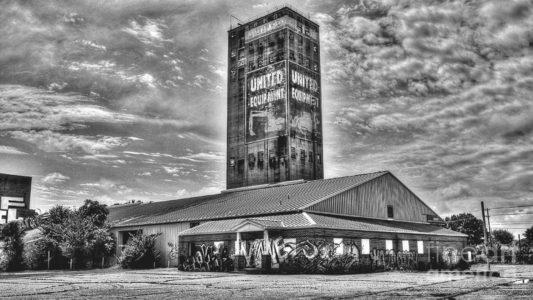
“I hate, hate, hate that neighborhood being described as redlined. That is something that has happened to that neighborhood, but it is not that neighborhood,” she said.
To Jones, the perseverance and community of Orange Mound is one of the most beautiful but ill-recognized traits of the neighborhood.
“There’s such an intense level of perseverance that exists there,” she said. Despite a lack of investment into education and infrastructure, she said that a level of community and care amongst the residents exists in Orange Mound in a way that other neighborhoods struggle to create, even with investments into building community.
She added that working in a city which is still building itself up is an opportunity to play an active role forming the type of place she wants to see.
“A lot of cities have already built out their infrastructure, so you have to just sort of exist within it. But Memphis has this really unique opportunity where you can actively participate in building the opportunity,” she said.
Property, Art, and Black Joy
In 2021, TONE partnered with Unapologetic, a local record label, to invest in Orange Mound Tower, a 7-acre mixed-use development in the heart of the Orange Mound which will be developed to support Black innovators and business owners.
“There is a desperate need for ownership of our future. Our physical future is dependent on us having ownership of our property,” said Jones.
She emphasized that TONE is not nearly the only Black arts initiative or community organization to be started in Memphis’ history, but that without access to land and property ownership, these organizations struggle to remain after the founders leave.
“We have to start over and start over. Every generation has to start over,” she said.
Jones loves her work, but she is also exhausted by the need for it. Black artists and activists should not always be burdened with recreating these organizations, she said, but deserve to have the opportunity to enter into already established organizations and take on meaningful work from there.
To Jones, art is the cornerstone of imagining this new future. TONE’s work with Black art and Black joy is a part of that future.
“If we can think of art as a pathway to storytelling, we can honestly change our kind of stories but also give people an opportunity to imagine their story, and who they are and who they want to be,” she said. “Art is the easiest pathway to defining who you are.”
From July 10 to Sept. 18, TONE hosted “On the Road: Chocolate Cities,” an arts exhibition curated by Larry Ossei-Mensah featuring paintings, photography and mixed-media artwork of 18 artists from across the U.S. The exhibit title is inspired by “On The Road” by Jack Kerouac and “Chocolate Cities: The Black Map of American Life” by Marcus Anthony Hunter and Zandria F. Robinson, and the exhibit itself explores notions of Blackness when viewed through the convergence of time and space.
“The goal of our work isn’t anti-racism, it’s not dismantling, it’s not protesting,” said Jones. “It’s building spaces for Black people to find meaning, and joy.”
Filmed by Nubia Yasin, the above video may be found on TONE’s YouTube page.
The 2021 Grinnell Prize week lasted Oct. 28 to Nov. 2. Musician Talibah Safiya, authors Sheree Renee Thomas and Jamey Hatley, artist Nubia Yasin, and director of the Historic Clayburn Temple Anasa Troutman all held virtual and in-person events at Grinnell College.
TONE’s work can be followed on their Facebook page or through their newsletter.

